The vehicle became stuck multiple times and repeatedly drove away when roadside assistance approached.


The vehicle became stuck multiple times and repeatedly drove away when roadside assistance approached.
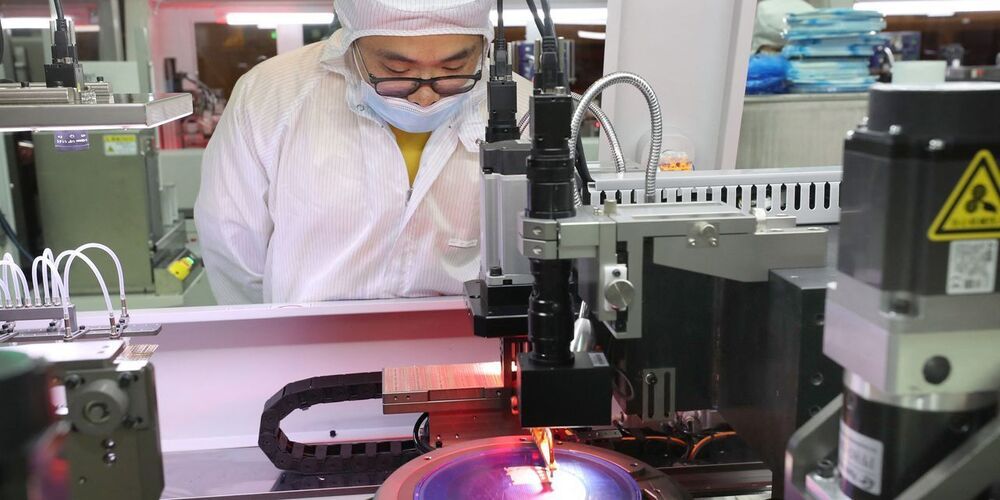
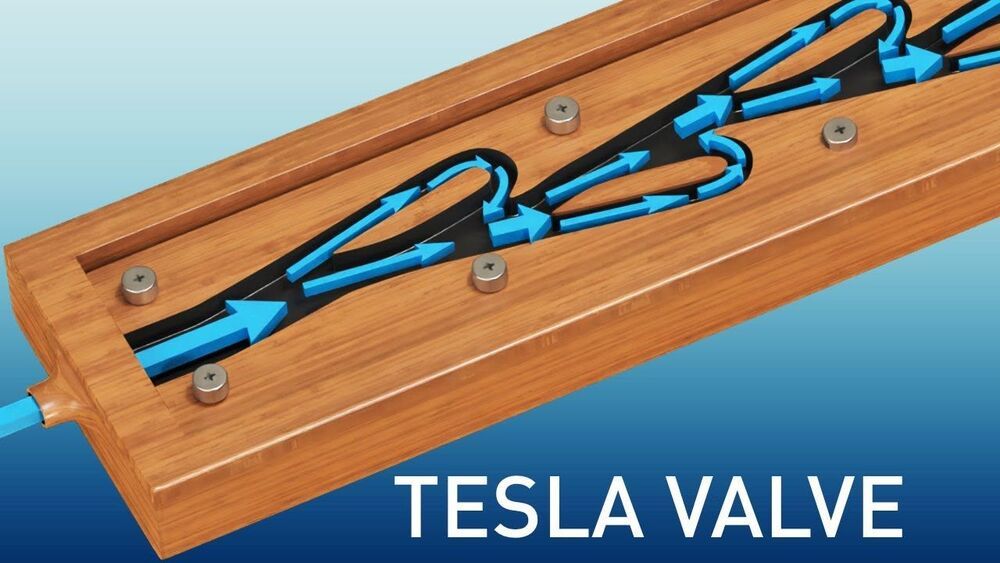
A check valve without mechanical parts.
The eccentric inventor is known for dabbling with electricity, but his Tesla valve is impressing scientists anew.

Israeli/American company Eviation is preparing for the first test flights of its gorgeous Alice, an all-electric 11-seat luxury plane with an impressive 506-mile (814-km) range from a single charge of its huge 820-kWh battery pack.
The company says it’s just taken delivery of its first electric motor, one of three Magnix Electric Propulsion Units the Alice will use to power its three variable pitch pusher props, one on a pod at the end of each wing and a third on the tail. The latter is designed to accelerate fast-moving air around the fuselage and turn the whole body into a bonus wing surface for extra lift.
The prototype is certainly a striking looking aircraft, all space-age looking with its big v-tail and that tastefully squashed high-lift fuselage. Once everything’s all hooked up, it’ll carry two crew and nine passengers at cruise speeds up to 253 mph (407 km/h), and Eviation says the low noise output of its electric powertrain will make a solid contribution to the comfort factor in the back.

The program was established in the mid-2000s under the Bush administration, and it was set up to boost the US biofuel industry in order to reduce US dependence on foreign oil. In the process, it created a strange situation where a ton of farmland started being used by ethanol producers who are now heavily subsidized by the program. Since electric vehicles would also help accomplish this goal, it has been proposed that they could be included in the program, and the Biden administration is expected to review the proposal.
Tesla has reportedly applied to enter the profitable renewable fuel credit market that is currently dominated by ethanol producers as it is expected to be opened to electric vehicles.
There are currently at least eight companies who applied with the Environmental Protection Agency to be included in the multi-billion dollar US renewable credit market, but the agency did not release their names.
Reuters released a new report confirming that Tesla is amongst those companies:

Researchers at Intel Labs have modded Grand Theft Auto V using a neural network and a dataset of photos of German cities. The results look unsettlingly photorealistic.
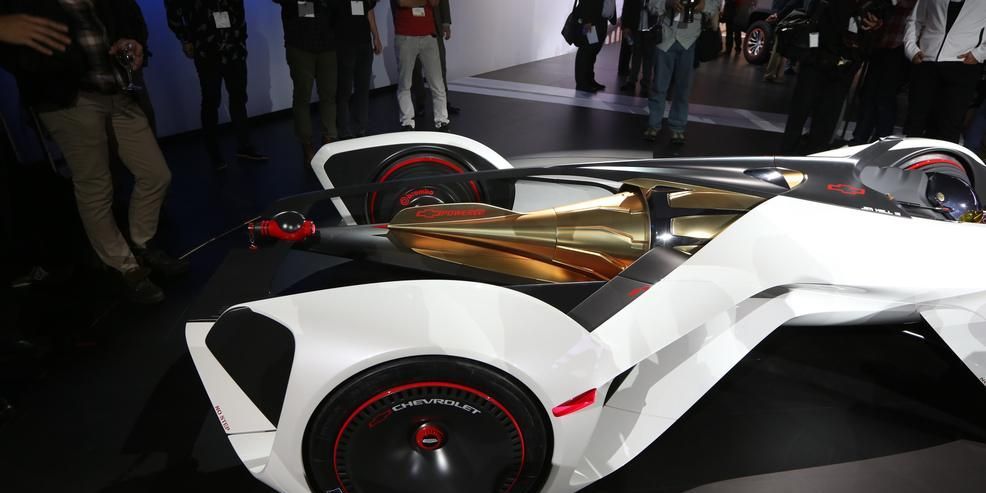
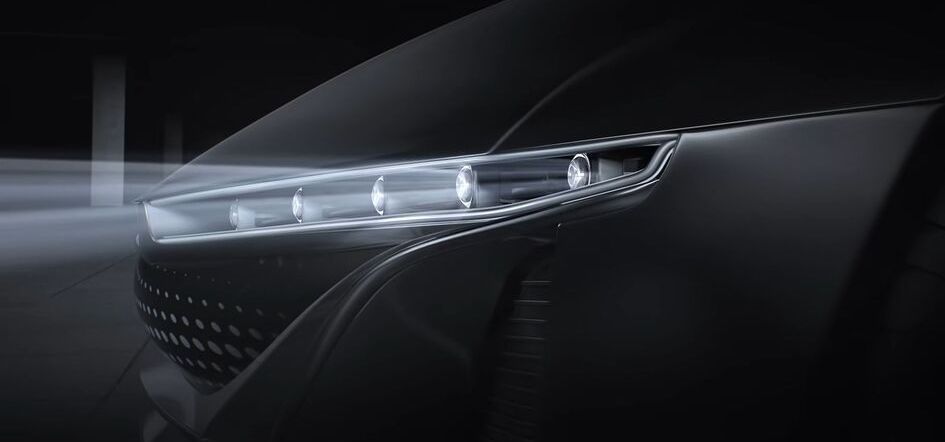
Samsung has detailed its next-gen LED module for intelligent headlights, PixCell LED, in a fresh official introduction video. In Samsung’s own words, PixCell LED is the perfect solution for energy efficient lamps fit for the sleek and stylish vehicles of the future. It’s an Adaptive Driving Beam (ADB) solution that leverages Samsung’s advanced semiconductor technology to improve upon the ADB concept in several ways. More so, PixCell LED is a product that strengthens the Korean tech giant’s ambitions of becoming a bigger component of the automotive market and its supply chain.
It sounds a lot like PixCell LED uses technologies similar to ISOCELL, or at least it relies on principles that have been used by Samsung’s mobile camera division for many years. The new LED headlamp uses what Samsung calls Silicon Wall technology to create a solid wall structure between pixels. Isolating each pixel allows for more refined light control, which is what ADB is mostly about.

Toyota’s first car in its new Beyond Zero brand will be the bZ4X electric SUV. Look for it before the end of 2022.
Car companies love to create new brands. The Japanese Big Three gave us Lexus, Infiniti, and Acura 30+ years ago when they wanted to go upmarket with high profit premium cars. People who would never consider dropping $30000 on a Toyota were happy to spend double that on a Lexus. Such is the power of branding.
In the electric car era, several companies have have created new brands for their battery powered cars. Mercedes has its EQ division, Volkswagen its ID branded cars, BMW uses a simple “i,” while Hyundai is employing the Ioniq moniker for its battery electric cars. While all those companies have been ramping up EV offerings, Toyota has been largely content to hang out in the background and sell variations of its Synergy hybrid powertrain, cars it often misleadingly characterizes as “self charging electric cars.”
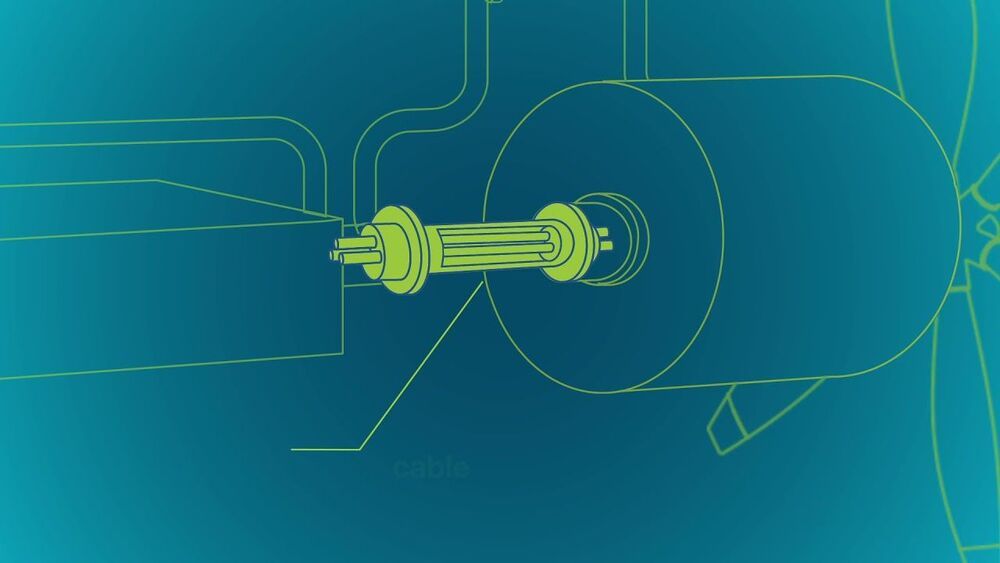
Long-haul aviation, like everything else in the human world, needs to be totally decarbonized, and in the race to zero emissions for international airliners, liquid-hydrogen powertrains look like one of the only viable possibilities.
Airbus is working on a number of hydrogen-powered aircraft, and it’s just found a new angle on cryogenic liquid H2 fuel: using it to supercool the powertrain down to superconducting temperatures, possibly unlocking huge weight and efficiency savings.